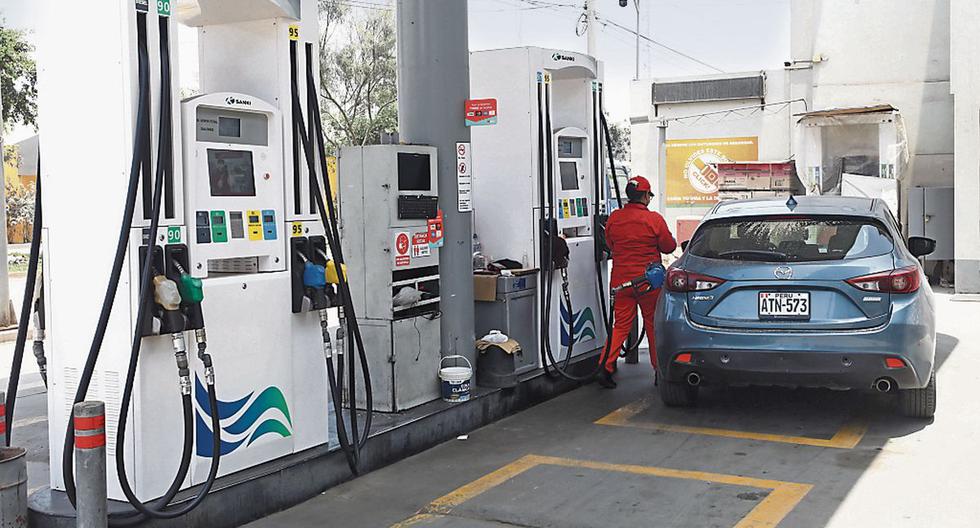Dominican Republic must formulate public policies aimed at the development of the border area, so that it serves as the main retaining wall of the Haitian and native immigration towards the urban area.
Policies should also be applied to avoid the depopulation of the border towns by the Dominicans. That’s what economists say Juan del Rosario Santana and Wagner Gomera Aquinoin an essay by the Haitian Studies Unit (UEH), of the P. José L. Alemán Study Center of the PUCMM.
They emphasize that in the provinces of the Dominican border area there is a low capacity to retain the native population, but there is a significant capacity to retain Haitian immigrants.
Del Rosario and Gomera understand that the National Immigrant Survey (ENI 2017) places the border provinces of Pedernales, Montecristi and Elías Piña among the first three with the highest presence of Haitian immigrants, led by Pedernales, with 27.3%; Montecristi, with 26.7%; and Elías Piña, with 24.6%.
Can read: Former Haitian ambassador warns Haitian gangs are a danger to the DR
Fourth, there is Valverde, with 21.9%; they follow him The Seibowith 19%; The Altagracia, with 16.7%, and dajabónwith 14.9% (productive areas).
And in the border area, where poverty levels are the highest, on both sides of the border, the high population density in the departments of the Republic of Haiti is higher and is on average 18 times that of the provinces. on the Dominican side.
You may be interested in: Minister of Public Administration promotes pact against clientelist culture
This is also explained because of the economic dynamics generated by border trade that is carried out under different modalities, through 31 border points.
The essay highlights that in the ENI the reasons indicated by immigrants for moving to the Dominican Republic are, 75.8% adduce directly economic reasons: search for employment (42.5%) or better living conditions (33.3%), 10.9% stated family reasons, while 4.3% raised education.


















